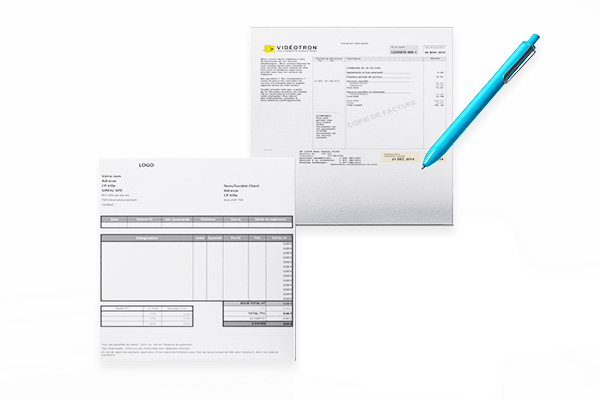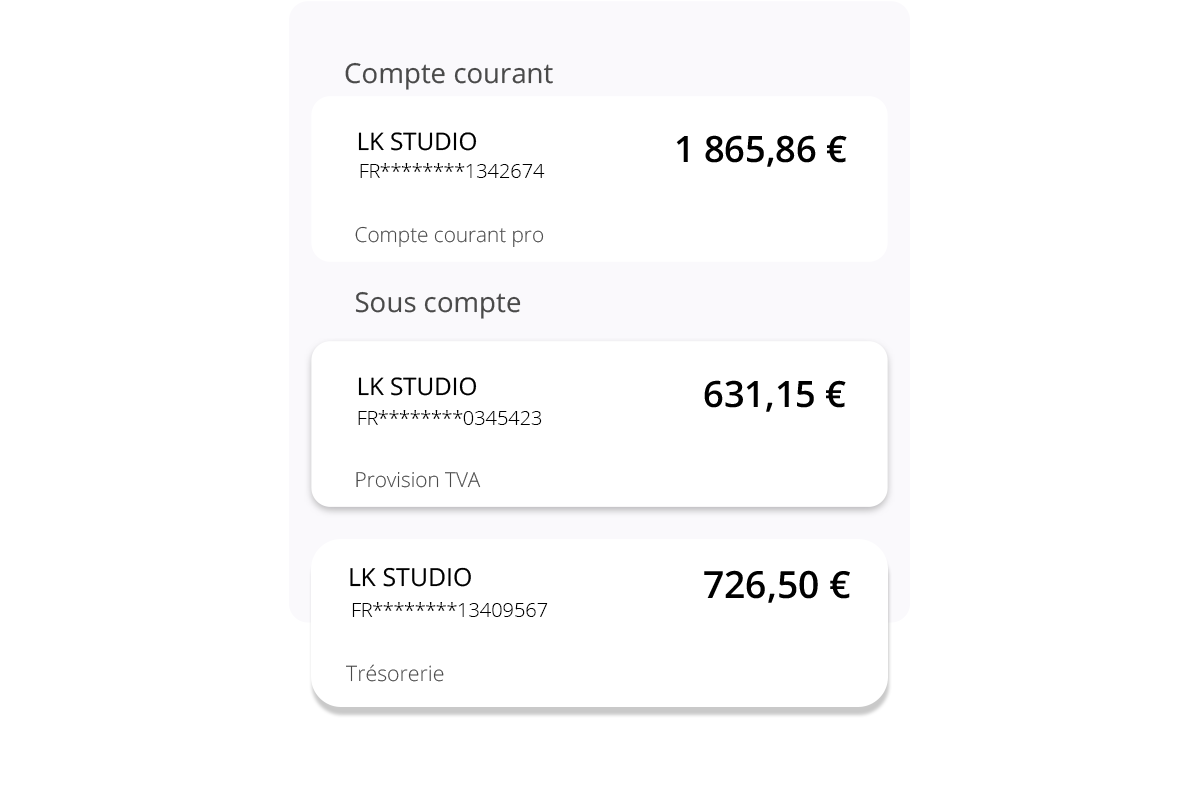Même si le chauffeur VTC s’est fait une place de choix dans les métiers du transport de personnes, le chauffeur de taxi reste un professionnel demandé. En effet, les lois, qui sont venues mettre de l’ordre dans ces métiers, ont donné un rôle spécifique à chacun, pour que tous vivent en harmonie. Si vous avez comme projet de devenir chauffeur de taxi, voici ce que vous devez savoir.

Les conditions essentielles pour être conducteur de taxi
Êtes-vous éligible ?
Avant d’espérer devenir taxi, vous devez vous assurer que vous remplissez les conditions nécessaires. + Être titulaire du permis de conduire de la catégorie B depuis au moins 3 ans et ne pas avoir commis d’infraction ou subi de retrait de permis pour conduite en état d’ivresse ou autre faute grave. + Être déclaré apte par un médecin agréé par la préfecture. + Avoir passé le diplôme PSC1 (diplôme de 1ers secours) au cours des 2 années précédentes. + Avoir un casier judiciaire ne comportant aucune condamnation incompatible avec l’exercice de la profession de chauffeur de taxi. Parmi ces condamnations figurent les délits au volant bien sûr, mais aussi les peines criminelles ou correctionnelles d’au moins 6 mois d’emprisonnement pour vol, escroquerie, abus de confiance, atteinte volontaire à l’intégrité de la personne, agression sexuelle ou infraction à la législation sur les stupéfiants. Il peut aussi s’agir d’un retrait définitif de votre carte professionnelle de conducteur de taxi ou d’une exclusion pour fraude à l’examen du certificat de capacité.
Obtenir la carte professionnelle
La profession de chauffeur de taxi est gérée par le ministère de l’Intérieur, qui fixe la réglementation de délivrance du CCPCT (Certificat de Capacité Professionnelle du Conducteur de Taxi), obligatoire pour exercer.
Pour s’inscrire à l’examen, le dossier de candidature est à demander à la préfecture de votre domicile.
Bien qu’il soit possible de préparer l’examen seul, il est conseillé de suivre une formation dans un centre agréé. La formation vous coûtera entre 2 000 et 3 000 €.
Une fois l’examen validé, la préfecture vous fait parvenir, dans les 3 mois suivant votre demande, une carte professionnelle qui précise le(s) département(s) dans le(s) quel(s) vous pouvez exercer.
Notez qu’une fois chauffeur, vous devez effectuer un stage tous les 5 ans. Ce stage dure 16 h et doit être réalisé dans un centre agréé.
Comment s’installer ?
Obtenir une nouvelle licence
Une nouvelle licence de taxi se demande auprès de la mairie de la commune dans laquelle vous exercerez votre activité. Pour cela, il faut s’inscrire sur une liste d’attente. L’inscription n’étant valable qu’un an, elle doit être renouvelée si besoin. Le temps d’attente est généralement de plusieurs mois, voire de plusieurs années pour obtenir sa licence, car la préfecture n’en délivre que très peu à la fois.
Reprendre une licence
Pour ne pas avoir à attendre l’obtention d’une nouvelle licence, il est possible d’en acquérir une auprès d’un taxi qui cesse son activité et cède sa licence. Le prix pour la reprise d’une licence peut être particulièrement élevé, principalement dans les grandes villes.
Sachez que les licences délivrées depuis le 1er octobre 2014 ne peuvent pas être cédées ou revendues.
Être locataire-gérant d’une licence
Les professionnels, ne disposant pas des capitaux suffisants pour reprendre une licence de taxi et ne souhaitant pas attendre l’obtention d’une nouvelle licence, optent pour cette solution. En étant locataires-gérants, ils bénéficient d’un véhicule et d’une licence en l’échange d’une redevance.
Quels sont les investissements à réaliser ?
Bien sûr, le véhicule et son renouvellement, tous les 3 ans environ, représentent l’investissement le plus important du métier de conducteur de taxi. Cependant, d’autres équipements sont obligatoires pour exercer : • le répétiteur lumineux à fixer sur le toit du véhicule. L’arrêté du 13 février 2009 oblige l’utilisation de dispositifs indiquant depuis l’extérieur si le taxi est libre ou en course, ainsi que le tarif appliqué. • un terminal de paiement par carte bancaire. La loi 2014-1104 du 1er octobre 2014 oblige les chauffeurs de taxi à s'équiper d’un TPE.
Quel statut choisir pour exercer ?
Pour exercer en tant qu’indépendant dans les meilleures conditions, il est important de bien choisir la forme de l’entreprise créée. S’il est possible d’opter pour le statut d'autoentrepreneur, la plupart des chauffeurs de taxi indépendants décident de créer une société. En effet, les charges supportées sont importantes, ce qui rend le statut d’autoentrepreneur peu approprié. Pour se lancer seul, les formes les plus adaptées sont l’EURL ou la SASU. Ces 2 statuts vous permettent d’évoluer par la suite vers la SARL ou la SAS, si vous le souhaitez.
La gestion de l’activité de conducteur de taxi
Les revenus et prix des courses
Le prix d’une course en taxi est déterminé par le compteur horokilométrique (taximètre), lequel équipe obligatoirement chaque véhicule. Les prix ne sont pas libres et sont définis par arrêté préfectoral. Ils prennent en compte : + la prise en charge des personnes + la prise en charge des bagages + le prix de la course elle-même. Il existe 4 types de tarifs en Province et 3 à Paris. Le prix d’une course est toutefois établi selon la plage horaire, la zone géographique, et si le jour est férié ou non.
À noter : les recettes du chauffeur de taxi peuvent être complétées par des transports de marchandises ou de messageries, du transport touristique, des transports pour le compte de communes en complément des transports publics ou de malades et de personnes handicapées.
Le suivi au quotidien
Quotidiennement, le conducteur de taxi doit suivre ses recettes. Il doit contrôler le nombre de courses qu’il effectue par jour. Les trajets à vide, qui absorbent une partie de la rentabilité, ne doivent pas dépasser 40 % du kilométrage parcouru.
Devenir chauffeur de taxi ne s’improvise pas. Il s’agit d’un projet à mûrement réfléchir avant de se lancer. Une fois démarré, il est essentiel d’établir une stratégie pour avoir des clients sans passer trop de temps à arpenter les rues. Pour la gestion financière, une solution tout-en-un telle que le compte pro Anytime s’avère une solution simple et efficace.








